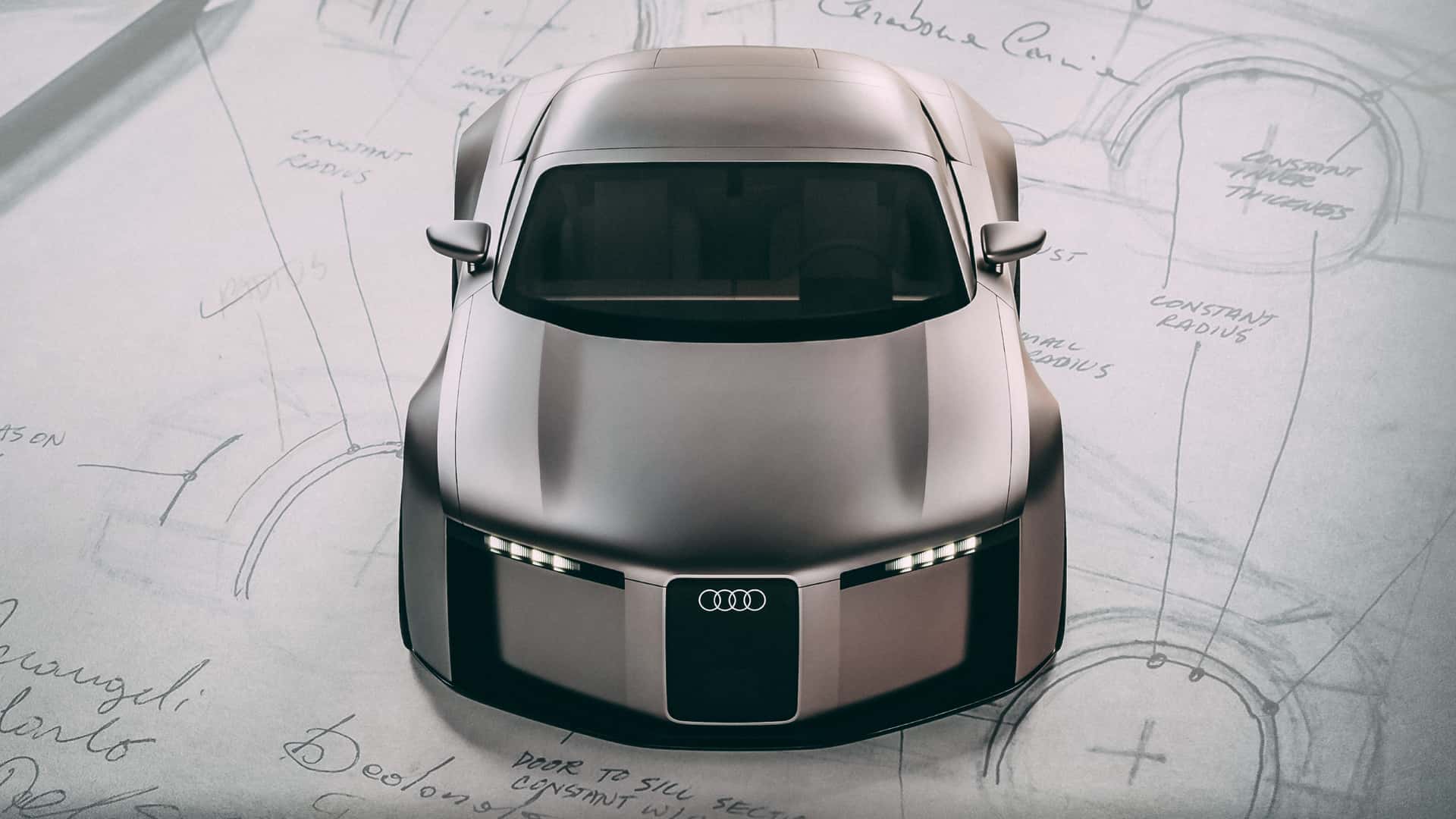
In an era marked by global tensions, environmental crises, wars, and rapidly evolving technologies, Germany’s premium car makers are choosing to look back—rightfully so. This is not an exercise in empty nostalgia, but a deliberate effort to rediscover the reassuring strength of their roots, their heritage, and their identity.
Audi, BMW, and Mercedes-Benz are each exploring a design language that draws inspiration from their own histories. By revisiting the defining features of past models, these companies are finding ways to connect tradition with the present, creating vehicles that are both familiar and forward-looking.
These automakers are doing so with cars that have strong, distinctive character, reinterpreting historical cues through a modern lens. Examples include Audi’s Concept C, BMW’s new production iX3, and Mercedes-Benz’s Vision Iconic—vehicles that anticipate an era ripe with innovative stylistic philosophies.
Ultimately, though, this approach is about more than just aesthetics. It’s about grounding modern design in memory, offering drivers a sense of continuity and reassurance in a world defined by uncertainty. And each company is doing it a bit differently.
Mercedes Vision Iconic: Soul Meets Future

The front end of the Vision Iconic leaves no room for doubt as to what Mercedes is trying to accomplish here. Its grille, with horizontal chrome slats—prominent yet compact, almost forming a rounded square—pays a direct homage to Mercedes models of the 1950s, from the Ponton series to the legendary 300SL.
Recessed circular headlights add a vintage touch that complements the car’s taut silhouette. The body, massive yet well-proportioned and highly aerodynamic, appears sculpted from a single material: clean, sharp surfaces, a low roof, and a high beltline give it the presence of a technological monolith. The black exterior further emphasizes that texture, with lighting elements that create striking contrasts—whether they’re illuminated or not.
But the Vision Iconic is more than a stylistic exercise—it embodies a philosophy. By revisiting familiar elements—a badge, a grille, a profile—Mercedes offers visual certainty in a changing world. The brand does not reject the future; it embraces it through forms that speak the language of the past, reinforcing its identity as a bastion of formal elegance and rational luxury.
Audi Concept C & BMW iX3: The Vertical Past

Audi and BMW have also rediscovered vertical lines.
Audi’s Concept C, recently unveiled as the debut work of designer Massimo Frascella, features a front grille that abandons the traditional octagonal shape in favor of an almost neoclassical structure—vertical, slender, and stunning.
For years, Audi’s front ends followed a horizontal layout, sometimes integrating the grille into the hood, as seen in the Audi 100 of the 1990s or De Silva’s more recent “single-frame” designs. To find a precedent for the Concept C, you have to look back to the era of Auto Union. Those iconic elements return through the lens of minimalist modernity.

A similar approach appears in the new BMW iX3, where its twin kidney grilles—narrow and vertically oriented—signal a return to an archetypal symbol, one that transcends function to become a signature design element.
In both cases, the design language strips away the superfluous to reveal pure form, where every detail carries meaning. Here, the past is not mere decoration—it’s architecture. The visual references are familiar and symmetrical, harkening back to an (arguably) better time.
When Retro Was Futuristic: German Neo Art-Deco Design

German brands have always flirted with the past. In the early 2000s, projects like the Maybach Exelero—built in Italy by Stola at a client’s request—and the Audi Rosemeyer concept, inspired by Auto Union racing cars, revived a design language drawn from the streamlined aesthetics of the 1930s, yet imbued with a gothic, almost Batmobile-like aura.
These were monumental, theatrical exercises in styling that aimed to convey power more than elegance—standing at the intersection of automobile and art-deco sculpture.
The oft-forgotten BMW Concept Coupe Mille Miglia of 2006 followed a similar path: Tapered forms, covered headlights, and a speedster body seemingly lifted from another era. At the time, however, those dramatic visions were too distant far production—perhaps too complex to manufacture on a mass scale.
Today, though, the cultural climate has shifted. The public no longer seeks novelty alone, but meaning. Technology has advanced, and the packaging of electric drivetrains allows for more design freedom.
Not Just Retro—Reinterpretations

Other brands have turned retro design into a deliberate strategy. Renault, with its electric reinterpretations of the R4, R5, and Twingo, emphasizes visual continuity that resonates even with younger audiences.
Fiat followed a similar strategy earlier with the 500, Volkswagen with the New Beetle and later the ID.Buzz, and of course, there’s Mini—a multifaceted brand built on a single timeless design language. In all of these cases, the past is celebrated through design, devoid of irony.
More ambiguous are brands that revive historic names for entirely new models. The Ford Puma and Capri, now sporty electrified crossovers, retain little of their namesakes beyond the badge and a vague sense of dynamic spirit.
Then there’s Citroen, long associated with stylistic avant-garde. While many anticipate a new 2CV, the brand continues to surprise with unexpected concepts. Even the curve of the windshield on the first C3 in 2002 was enough to evoke the legend and boost sales.
Design, like cinema and music, mirrors the era we live in. Just as vinyl has made a comeback, many car designers are turning to the past for inspiration. But this isn’t mere nostalgia—it’s an expressive necessity.
In an uncertain future, the trend is clear: holding on to what has always reassured us—and transforming it, once again, into emotion.







